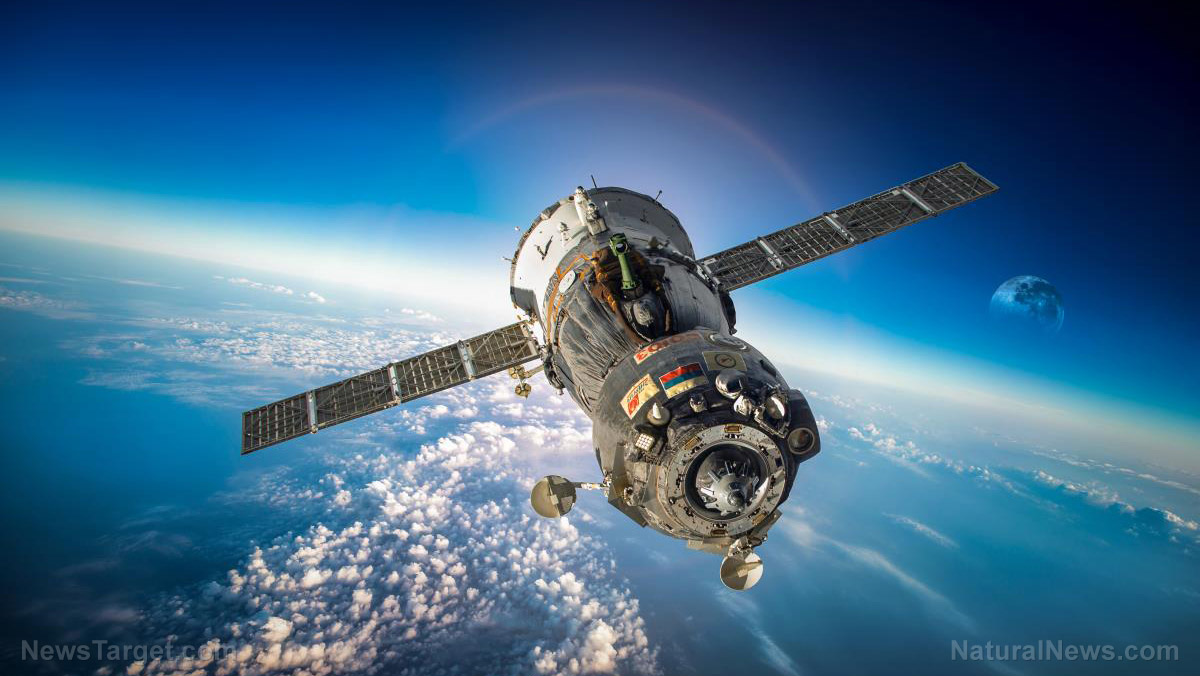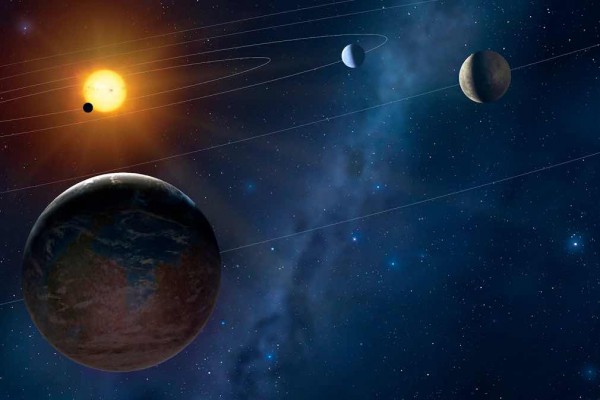Have you ever wondered how exactly the National Aeronautics and Space Administration (NASA) manages to retrieve all of the data and information it gathers in space through its various probes, satellites, orbiters, and rovers? If you guessed that it uses one of the most advanced and most sophisticated communication systems ever devised, you guessed right. NASA relies on the Deep Space Network (DSN), one of the many facilities located in the NASA Jet Propulsion Laboratory (JPL) in Pasadena, California, and the site where many of the space agency’s missions are said to be designed, built, and operated.
The DSN is said to be part of a great network that started from a small operation as part of the U.S. Army. Now, it’s an essential tool for day-to-day tasks performed by NASA concerning projects and missions taking place all throughout the solar system and beyond. In a piece titled, “NASA’s Deep Space Network: How Spacecraft Phone Home,” Space.com reveals some interesting facts and details about DSN’s history and current state of operations.
Back in January 1958, the JPL was still under the umbrella of the U.S. Army. It was then that they deployed portable radio tracking stations in a number of different countries – one of which was California – in order to receive signals from the first U.S. satellite, the Explorer 1. It was only after a few months that JPL was transferred from the Army to NASA, and it started to work on robotic exploration programs.
As it began such work, NASA soon realized that it would be far more practical to have a single facility that handled all communications with and throughout space. And that’s pretty much how DSN was born. Since JPL was located just outside of Los Angeles, the first Deep Space Station was installed “just down the road” – in the Mojave Desert. But as of today, the DSN has remote stations located in different parts of the world.
So far, the DSN has been used extensively for space-to-Earth communications, notably during the Apollo astronaut missions. DSN was instrumental in relaying the first TV images of Neil Armstrong as he stepped on the moon. And during the Apollo 13 missions, it played a critical role in the rescue mission that brought the astronauts home when the crew was running on limited battery power and non-usable high-gain antennas.
Other uses of the DSN include assisting in performing science experiments and discoveries in space. One example of this is when, prior to the Cassini spacecraft’s death dive into Saturn last year, the DSN analyzed its final signals in order to calculate the mass of the planet’s B-ring, which had been a decades-long mystery until that point. The antennas of the station can also be used to perform radar science, and it does this by bouncing waves off any passing asteroids, as well as radio astronomy, which it does by looking at radio sources like pulsars and quasars.
According to Sue Finley, a subsystem engineer who has worked at the DSN since the 1980s, the network is truly essential for the completion of certain tasks. “When I worked on Galileo, we did international arraying between Australia and Goldstone and Spain and Goldstone,” she said. “If it wasn’t for the DSN, there wouldn’t be any science, because nobody could listen to [the spacecraft].”
So the next time that NASA releases another update from one of its future missions, you’ll know that somehow, some way, DSN played a part in it.
Keep yourself updated on the latest NASA missions at Space.news.
Sources include:
Space.com
JPL.NASA.gov
















